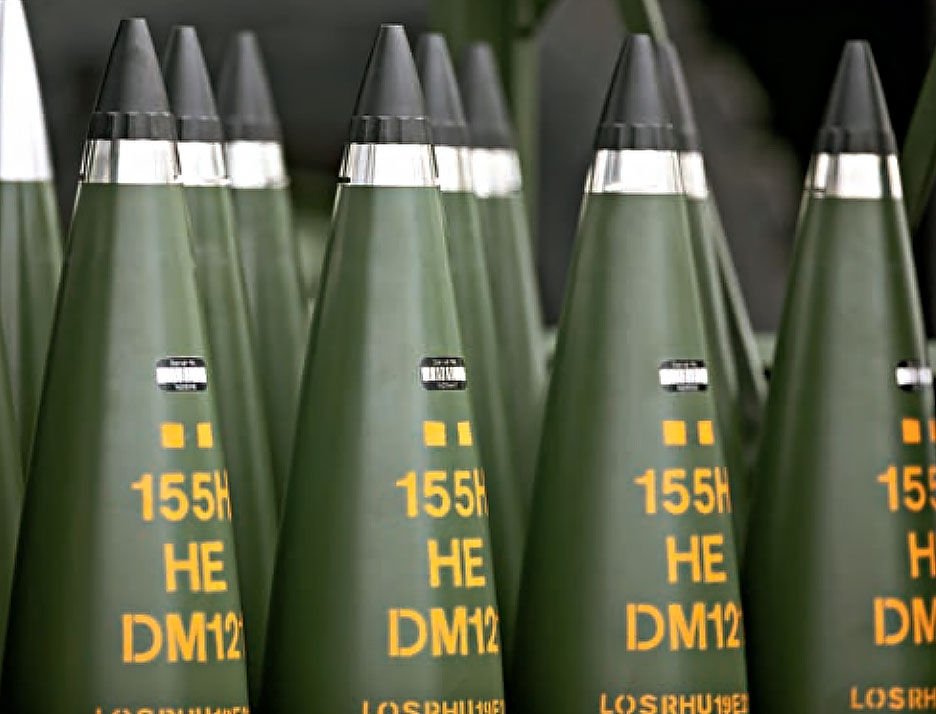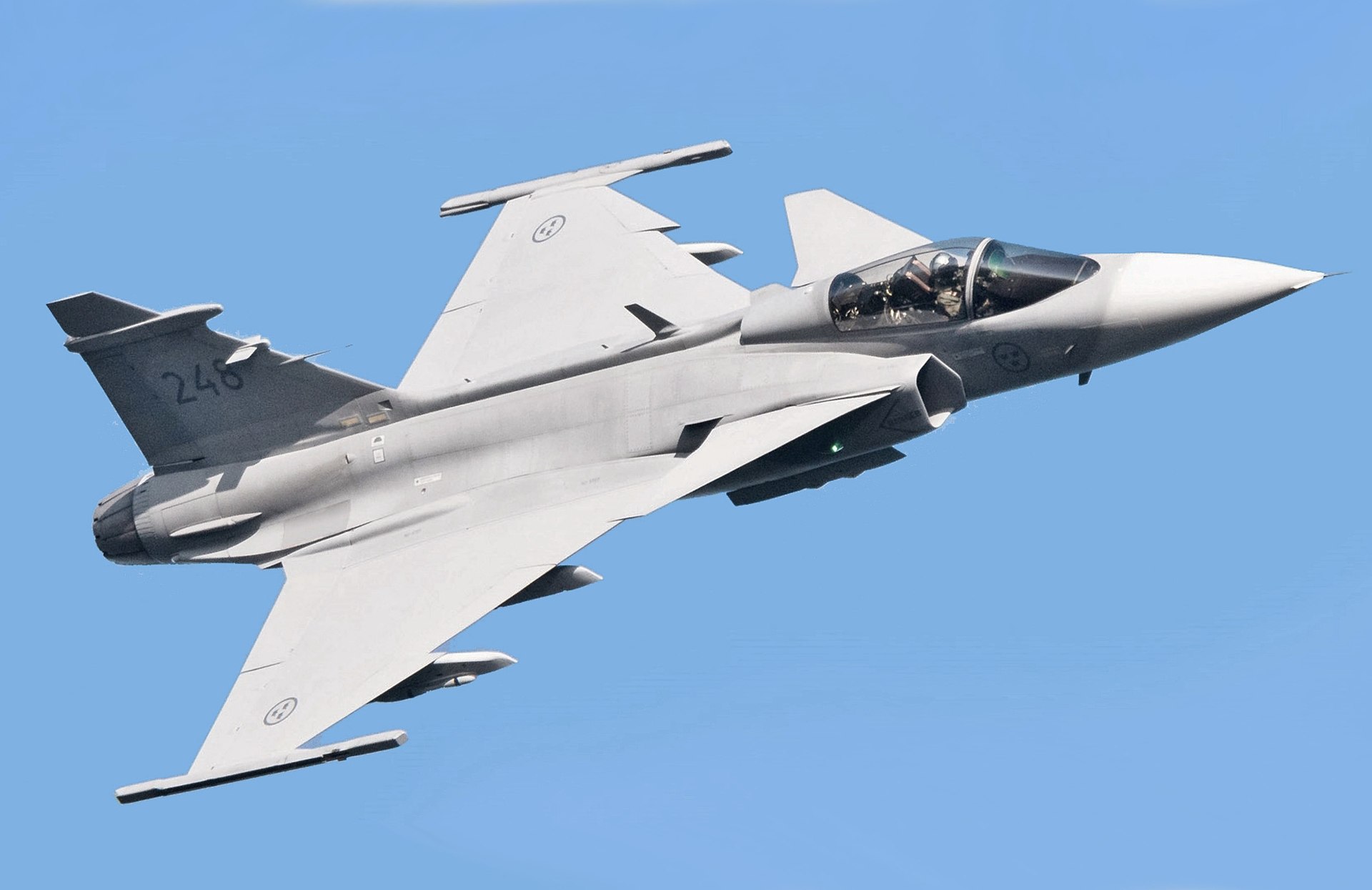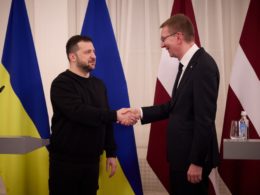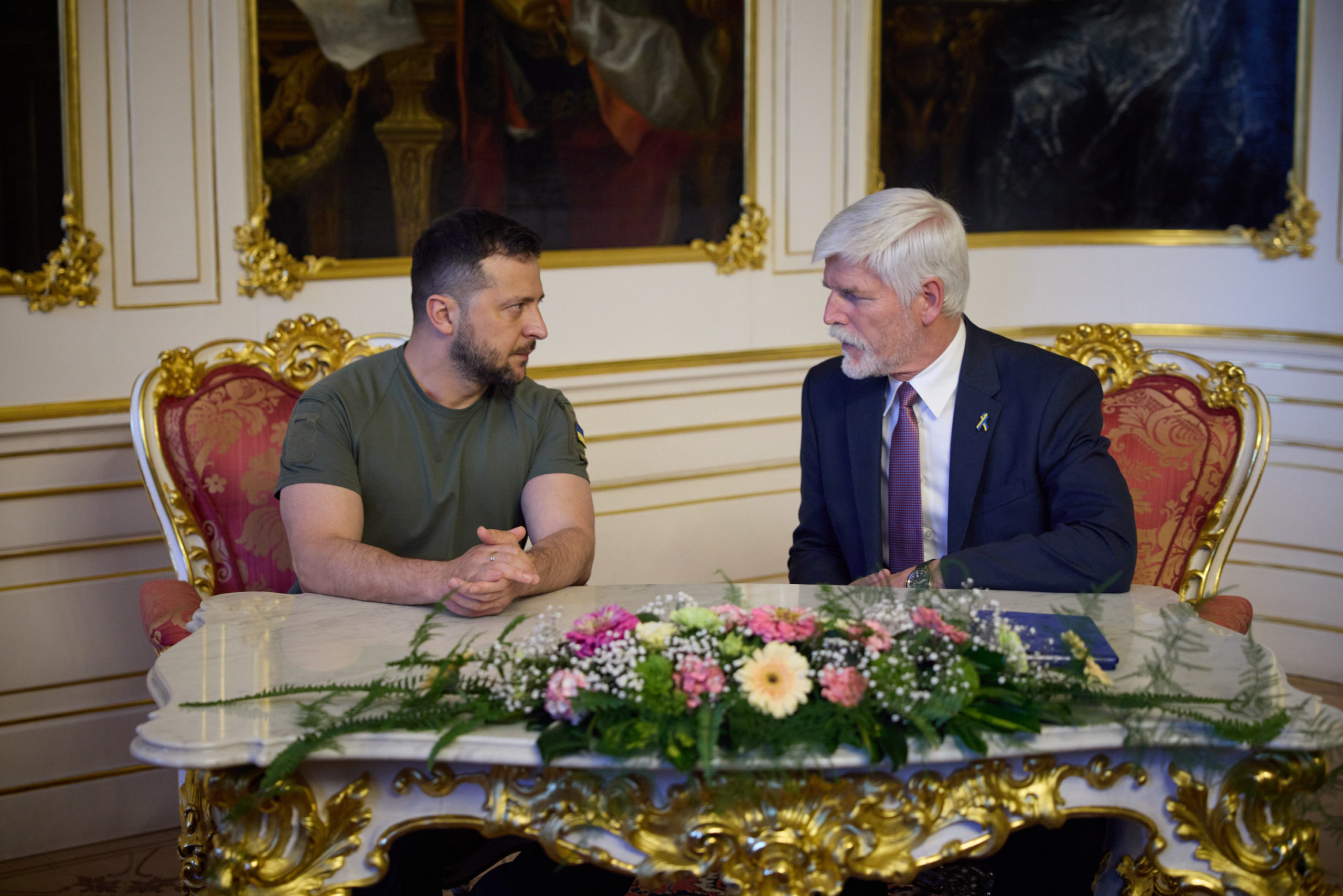NATO is pushing its member states to “curb protectionism” and agree on a standard for artillery ammunition to increase production, Admiral Robert Peter Bauer, Chairman of the NATO Military Committee, said in an interview with Reuters.
Admiral Robert Bauer called on NATO member states to stop protecting national arms manufacturers and ramp up ammo production to strengthen the Alliance’s security.
“A manufacturer gets rich not because of the printers they produce but because of the ink. If you produce an artillery shell that only fits the gun you produce, then you force users to buy your ammunition,” Bauer said.
According to Robert Bauer, the cost of one artillery shell has risen to eight thousand euros from two thousand euros since the beginning of the full-scale Russian invasion of Ukraine in February 2022.
As NATO countries replenish stocks depleted by the military aid to Ukraine, Robert Bauer stressed that it is time to make a new push for standardization, including in other areas such as transportation and medical supplies.
Robert Bauer emphasized that NATO countries should increase the production of artillery shells, as Ukraine is firing thousands of shells daily to repel the Russian invasion. According to Bauer, due to Russia’s aggression against Ukraine, NATO is using up ammunition stocks much faster than the allies can produce.
BBC: NATO calls on allies to ramp up production of ammunition for Ukraine at a much higher tempo
While there is a NATO standard for artillery ammunition, its implementation is voluntary, and the lack of compliance by different countries has fragmented the market and impeded the flow of supplies, according to Reuters.
Bauer pointed out that 14 NATO member states have reserved the right to deviate from the standard. Thus, there are 14 different types of 155-mm ammunition, which NATO countries and Ukraine use. Bauer explained the departure from standardization by the fact that the defense market had shrunk dramatically since the Cold War when NATO spent 3-6% of GDP on military needs.
However, referring to the significant increase in defense spending in previous years, Bauer expressed his belief that there would be enough money to be made in this industry over the next 15 years to strengthen the security of the Alliance.
Related:
- Rheinmetall receives “mid-triple-digit million euro” order for artillery ammo for Ukraine
- Denmark purchases facility to restart domestic ammunition production
- Seven EU countries order ammo under EU scheme to aid Ukraine
- Germany is preparing new military aid package to protect Ukraine from Russian attacks, says prime minister






